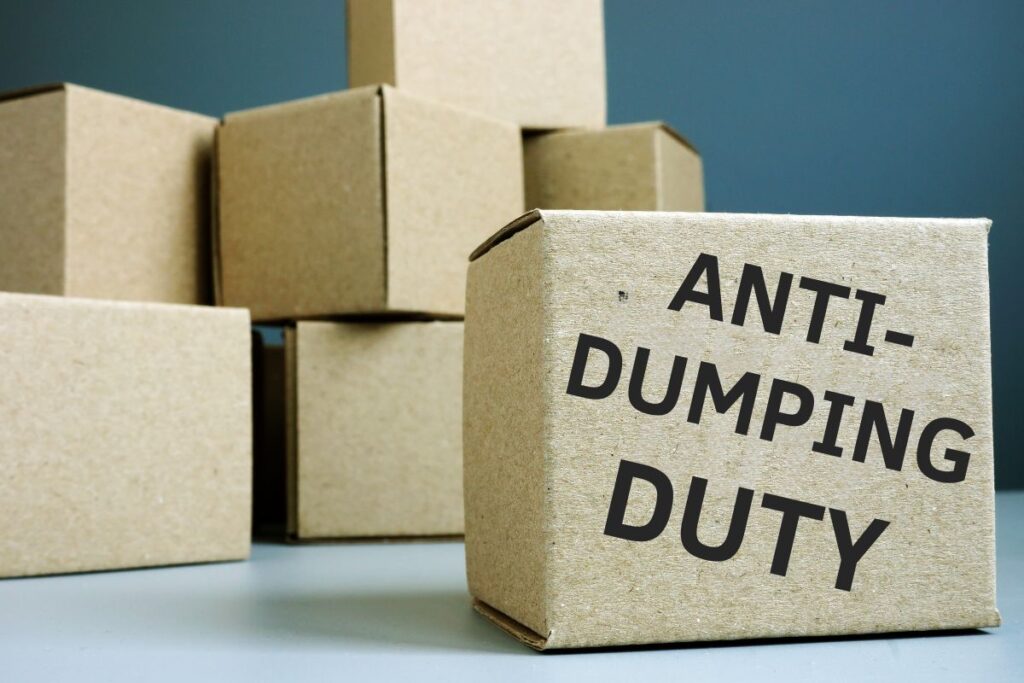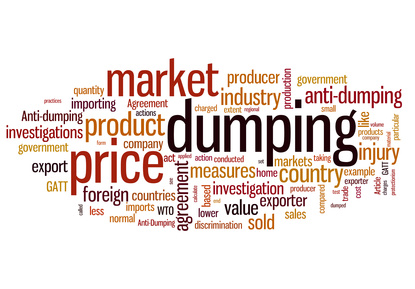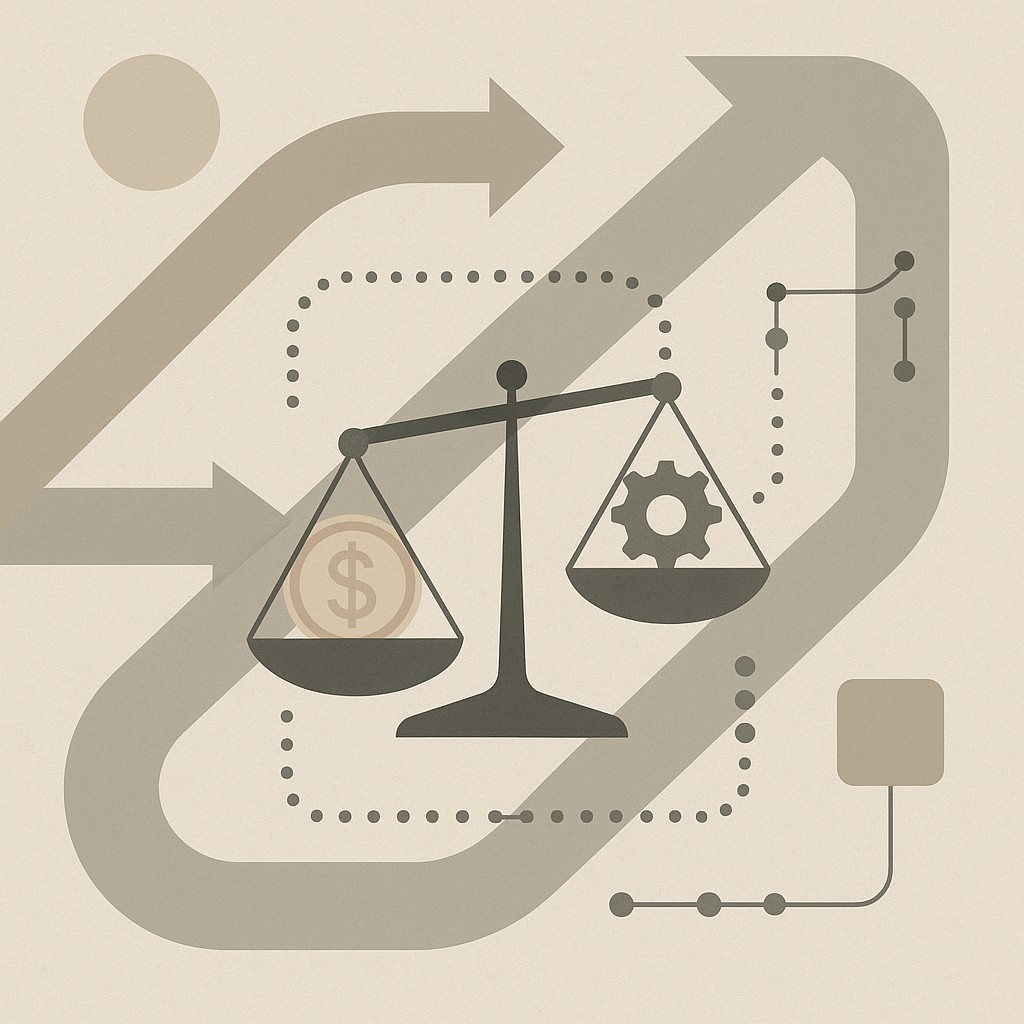14-Nov-2025 Elusive Market Economy Treatment: What it takes for exporters to clear the high bar in anti-dumping investigations
#traderemedies #dumpingmargins #indiantradepolicyIndia’s DGTR has reopened an anti-dumping probe on Halobutyl rubber, now including China, bringing renewed attention to China’s non-market economy status. Since domestic prices in NMEs are considered distorted, India relies on surrogate market-economy data, often increasing dumping margins. Though Chinese exporters can seek Market Economy Treatment, the criteria are extremely strict, and MET is rarely granted due to lack of evidence or State-linked distortions. With a 30-day window to participate, Chinese exporters must respond actively and submit strong proof of market-driven operations to challenge the NME presumption.

Recently, Indian trade remedy authority–Directorate General of Trade Remedies (DGTR)–has launched an anti-dumping probe on imports of Halo-Isobutene-Isoprene (Halobutyl rubber), such as Bromobutyl (BIIR) or Chlorobutyl / CIIR) from China, Singapore and US. Measures were already recommended in 2024 for Singapore and US but could not be implemented. This is allegedly causing a continuation of impact on Indian Halobutyl industry and hence the need for re-initiation of the investigation.
Strikingly, current round of investigation of this product covers China for the first time, sparking conversations around its perceived non-market economy status and persuading me to write this blog. Here, I have attempted to decode the concept, walk through the extensive criteria laid down to claim market economy status, assess the current perceptions of Indian jurisprudence in this matter and briefly discuss ways to navigate this uphill battle.

What is Non-Market Economy
Typically, dumping margins are computed as a difference between the export price and the ‘benchmark’ normal value. The normal value is ordinarily derived from prices charged by the exporter in its domestic market, in exports to other countries, or from a cost-based constructed value. However, such normal value is considered valid only if it originates in a market economy, under normal commercial conditions and in comparable circumstances. Where the market situation in the exporting country prevents a fair comparison—such as when domestic prices or costs are significantly influenced by government intervention and not governed by market forces—investigating authorities classify the exporter as operating within a non-market economy (NME). In such cases, the usual normal value is disregarded and replaced by comparable prices or costs from a market-economy third country, often referred to as a surrogate or analogue country. Because these surrogate countries are typically direct competitors of the NME under investigation, the use of their benchmarks can sometimes result in inflated dumping margin estimations.
Non-market economy: An Indian perspective and enduring challenge for Chinese exporters
Indian authorities, like all major market economies like US or EU, continue to presume China as a non-market economy in anti-dumping matters, a practise stemming from the provisions of para 15 of China’s Accession Protocol with WTO, and continues to hold water even after expiry of the prescribed transition period of 15 years [Article 15(d) of the Protocol] since the accession date in 2001. While this transition period aimed at allowing a reasonable recovery from erstwhile regulated environment, the major market economies often argue that China continues to show symptoms that are averse to the free-market principles, despite its obligation entrusted under this very Protocol to allow prices to be determined by market forces (Article 9).
India has particularly laid down detailed procedure around estimating normal value in case of non-market economies in para. 7 and 8 of Annexure I of the Customs Rules, 1995[1]. Indian authorities following suit with other WTO member-market economies continue to presume China as a ‘non-market economy’ terrain, putting the onus on Chinese exporters to claim Market Economy Treatment (MET) and rebut this presumption by fulfilling an extensive and rigorous set of criteria.
The rules prescribe the following criteria for making a Market Economy Treatment (MET) claim–
- 1. Autonomy in decisions around pricing, and costs including raw material, governed by market forces without substantial State interference
- 2. Firms follow internationally accepted accounting policies and independent audit practices
- 3. Distortions from the prior non-market conditions do not spillover and impact the current costs and financial situation of the firms, in the market economy regime, for instance, State control on prices and valuation of assets
- 4. Strong property rights, bankruptcy law institutions independent of State interference
- 5. Free convertibility of exchange rates based on market forces and not regulated
In practise, Indian authorities have not only assessed explicit legal (de-jure) ownership of Government, but also de-facto control over management and operations, delving into inter-alia, aspects like – overall group structure information to comprehensively access de-factor control, State regulation of prices of final goods and inputs, material sourcing from State-owned entities or on a non-arm’s length basis, or not governed by international price trends, State influence in wage markets, State induced price reductions through export subsidies, carry over of assets or arrangements from erstwhile regulated era that continues to distort free-market outcomes, regulatory limitations on foreign investments and free repatriability of capital and profits and influences on exchange rates (State-driven currency devaluation).
The rules prescribe a sequential manner for determining normal value in such non-economy matters starting with – 1) price or constructed value in the market economy third country, or where not possible, 2) the price from such market economy third country to other countries, including India, or where not possible, 3) on any other reasonable basis, including the price actually paid or payable in India, duly adjusted to include a reasonable profit margin (basically constructed from costs prevailing in India). The Hon’ble Supreme Court of India, in the landmark case of Shenyang Matsushita S. Battery Co. Ltd. vs Exide Industries Ltd [ 2005 (181) E.L.T. 320 (S.C.)] upheld that authorities ought to strictly follow the sequence. The authorities are also required to give impacted exporters an opportunity to contest the selection of market economy third country.
Giving a sneak peek of the Indian anti-dumping precedents on MET, among cases involving Chinese exporters, several saw no market economy claim made or no vital data submitted: 14/36/2009-DGAD (Poly Vinyl Chloride Paste Resin), 6/07/2023-DGTR (aluminium frames for solar panels/modules), 6/9/2018-DGAD (Ethylene Vinyl Acetate Sheet for Solar Module), 39/1/99-DGAD (Sodium Nitrite), 6/33/2023-DGTR (PVC Suspension Resins), and 06/03/2019-DGTR (Chlorinated Polyvinyl Chloride—CPVC). MET was not granted in these investigations; and proceedings relied on surrogate or constructed values, mostly based on Indian cost data marked-up with a reasonable profit element.
Among cases where MET claims made but rejected, 6/26/2024-DGTR (solar cells/modules) involved an exporter able to show market-driven prices but failed to prove that inputs and utilities were sourced at uninfluenced market rates, leading to rejection. In 6/24/2019-DGTR (PET Resin), the claim was rejected due to incomplete group data. 14/04/2010-DGAD (PVC Flex Films) saw MET refused as available information, despite fulfilling arm’s length requirements, did not adequately show that material costs aligned with international prices. Lastly, in 14/8/2006-DGAD (PVC Suspension Grade) claims were rejected on the grounds of either substantial management, supervision and legal control by State, or continuation of distortion from the erstwhile non-market status of the entity despite recent restructuring activities or sourcing of raw material from related / state-owned entities at non-market driven prices.
Way Forward

Clearly, the requirements are exhaustive, and the evidentiary standards are notably high and stringent with almost no precedent in the recent past that allowed MET status. Despite the far-reaching implications for Chinese exporters, past investigations do not reflect strong engagement from their side too. In most cases, the primary reason for denial of MET status has been the lack of active response by Chinese producers.
While the MET defence undoubtedly adds to exporters’ compliance burden, it is just as critical to attend to as the usual dumping and injury defence—and certainly not a battle already lost. Exporters must navigate both the factual and economic dimensions of MET claims with equal rigour. A robust factual narrative is needed to demonstrate independence and autonomy in decision-making, while a careful economic analysis is corroboratively essential to substantiate that prices and costs are market-driven and correlate with international price trends, employing techniques like economic benchmarking, price pass-through elasticity, diversity matrices and much more.
As for the instant halobutyle matter, DGTR has given a 30-day window for exporters to express their interest to participate in the investigation that probably ends on December 6th. Needless to say, it is crucial for Chinese exporters, intending to take part, to set their strategies right and prepare a water-tight defence to contest the non-market-economy characterisation, with the help of credible evidences in line with the above considerations. Happy to hear your thoughts and comments.
The views expressed by the author are personal and should not be construed as the view of author’s Firm or that of the professional bodies to which he is associated as member or as a position of any trade remedy authorities or that of the WTO.
